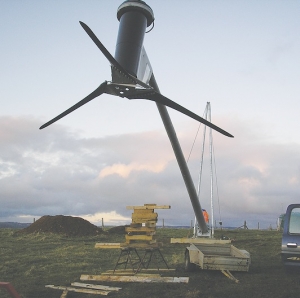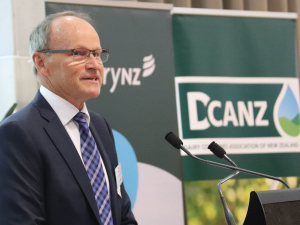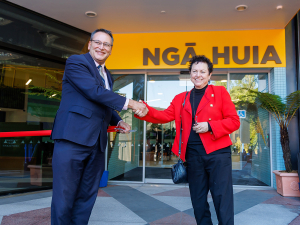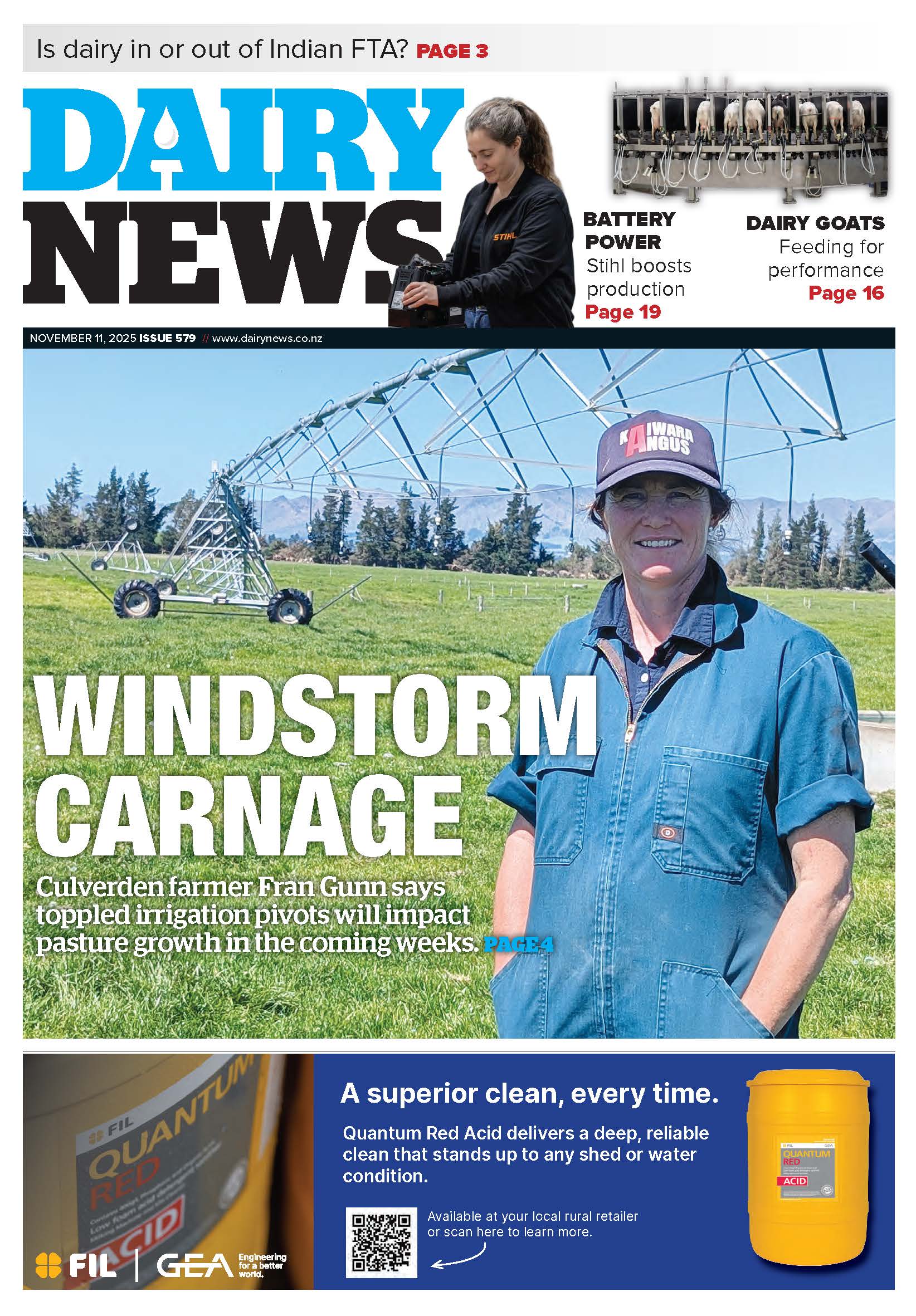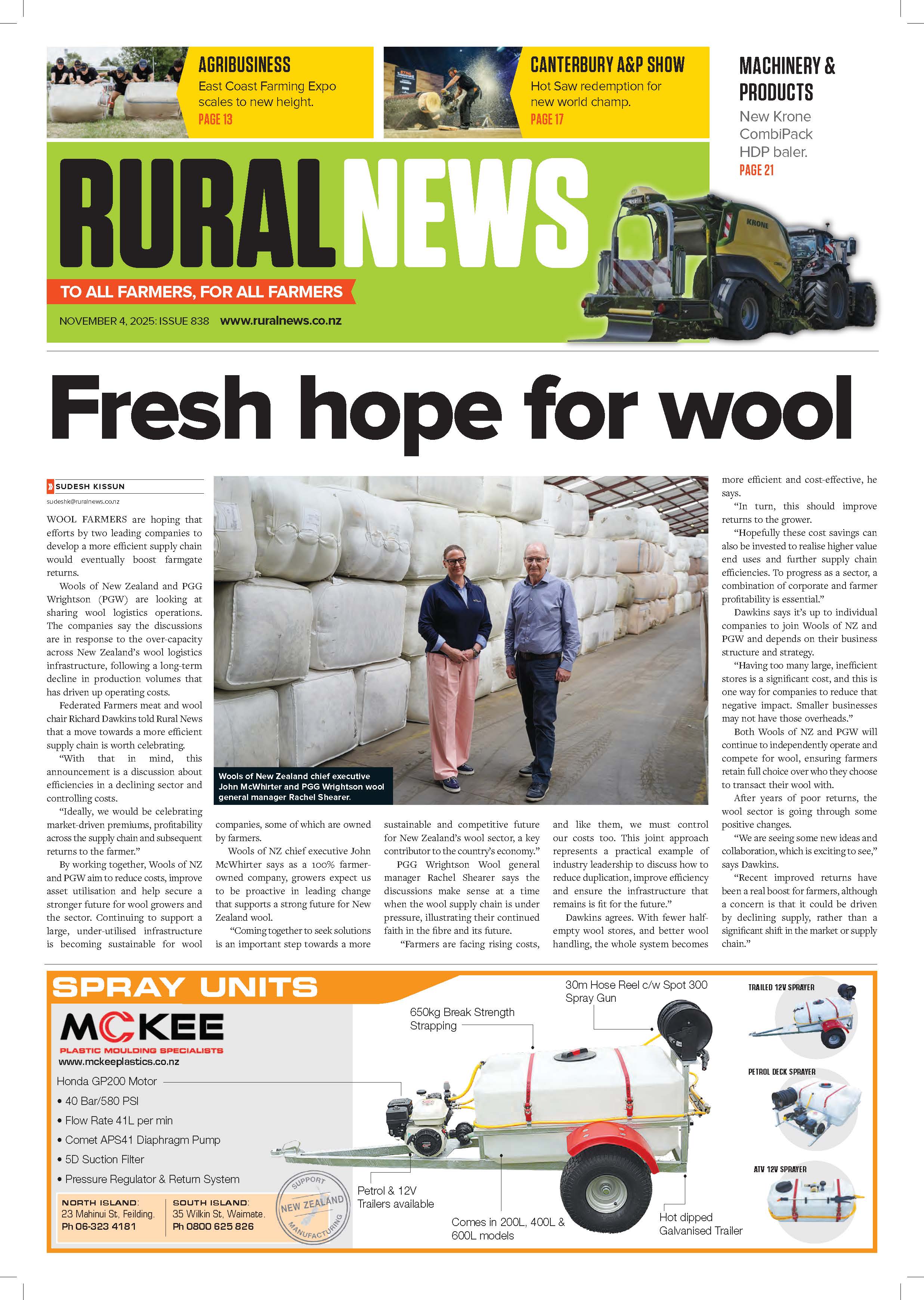The energy company recently released the Windspot 7.5kw wind turbine capable of 9.5kw (max.). It achieves the same price/kw generating ratio as 20-100kw models, but without the huge price tag, says Pearson.
Small 1.5-3.5kw turbines and large 20-100kw turbines have been on the market for a while. But Pearson says neither meets the budget and power requirements of dairy farmers; they would have to use an overly large number of the smaller units to generate enough power, or, to use the large units would have to pay an uneconomical price.
Pearson says the 7.5kw models are a good midpoint and were sourced after increased interest from dairy farmers.
The company specialises in installations for small farms and households off and on the grid, but Pearson says a growing number of dairy farmers are looking to generate their own power to reduce reliance on the grid.
“Farmers inquiring… say they are disgusted at being left off the grid for lengthy periods when the lines companies’ efforts seem to go towards the larger number of domestic customers.
“These farmers lose income from not being able to milk or not being able to store the milk through lack of cooling and they get large vet bills for cows missing milkings.”
Pearson says farmers are also looking to reduce power bills. “They want to get their own back on power companies.”
Alternative generation produces power and allows the sale of any surplus back to the electricity companies.
A complete system would include wind, solar, batteries and back-up diesel generation. Pearson says while this would cost more than a simple back-up system, such as gas or diesel generators, it works as a true alternative to mains power rather than being just an emergency measure.
“Costs are higher than for other back-up systems, but this is not just a back-up system. The renewable energy system becomes the main power supply. The mains grid supply becomes the back-up and so there is a large reduction in on-going running costs as mains power usage is reduced significantly.” This is economically viable as it can give a payback over a period of 6-10 years depending on resources.
Systems generally use a mix of wind and solar generation to give consistent supply. However, a diesel generator is still required for periods of peak loads if mains power is not available.
Tel. 04 212 4873
www.tecnico.co.nz





